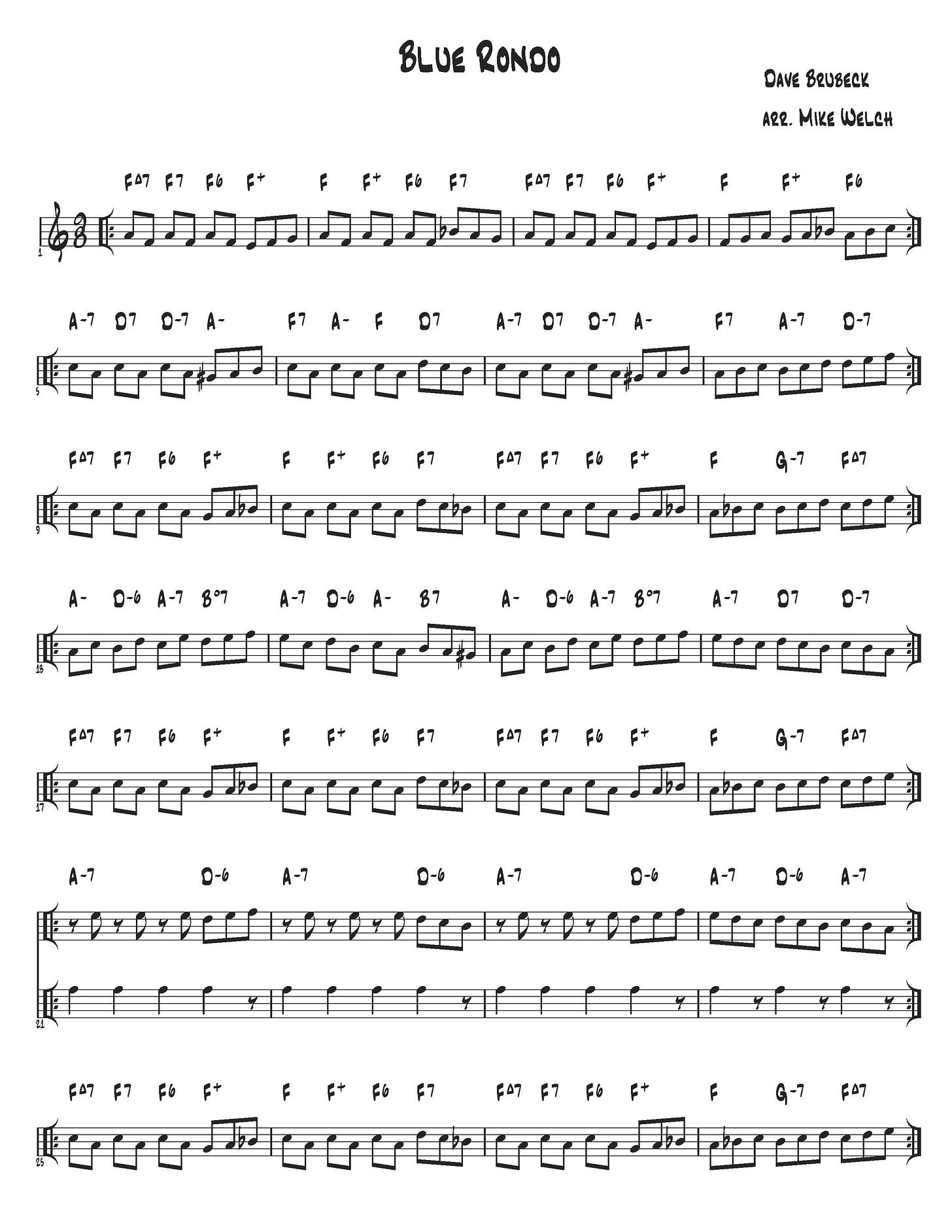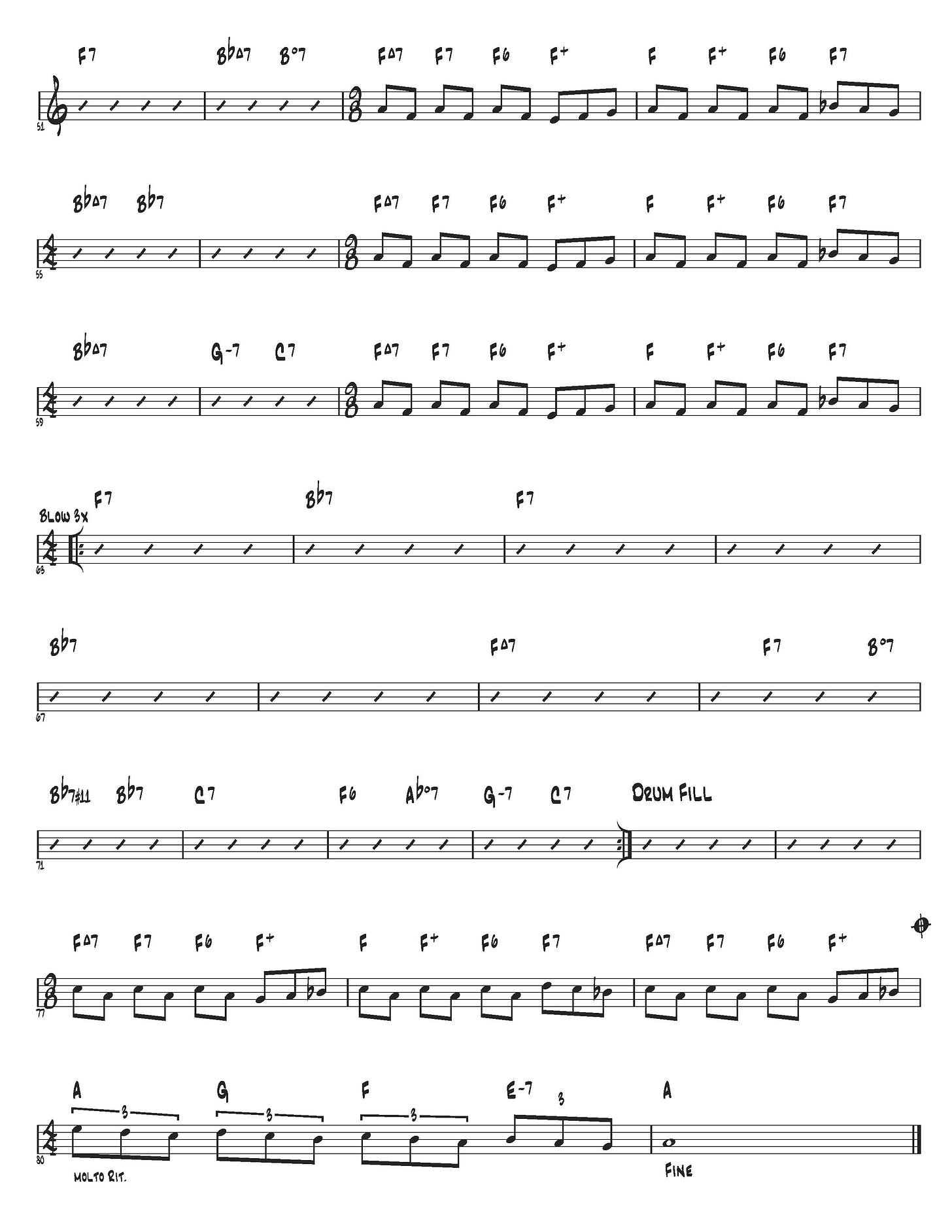Blue Rondo Ala Turk: This piece definitely took the longest to get a good take. (It wasn’t the playing of each measure. The form was difficult) “Help Me Rondo”
In todays music technology (I Use Logic) I could have played a 9/8 measure or group of measures, copied and pasted them to get the track. I didn’t do that, for sure.
14
I worked on, practiced my drum parts for two + years. (Shed Time) Four Sticks, Giant Steps, Caravan, One Note and Blue Rondo included.
These tunes and arrangements were casual solo improvisations before I thought about recording a project.
I’ve become a real admirer of the Dave Brubeck group. (And Joe Morello) With Youtube, it’s great to see historical performances from musicians and groups. You can learn so much from observing while listening. I’m that kind of learner.
When I became more involved playing “Jazz” Brubeck was not high on my list. Occasionally, Take Five would come up. Blue Rondo was not a jam session or jazz improvisation class tune you would play, not in my crowd.
Then, In Your Own Sweet Way was called. Alongside the Hip A-List of tunes by Keith Jarrett and Bill Evans, this tune was beautiful and fit in. It seemed so modern.
I was an early 70s fan of the ECM catalog. (Their trademark ECM cymbal sound and non-bebop rhythmic texture/attitude) In Your Own Sweet Way, was a tune I could imitate in that ECM style. Older and wiser has an advantage.
15
My arrangement of Blue Rondo copies the recording, up to the solo. Shortened to 3 repeats of basic 12 bars. I also borrow a couple ideas from Dave’s arrangement to get out of the solos.
Playing Blue Rondo with 4 sticks creates a polyphonic- polyrhythmic layered sound from my drumset. This tune especially, has a combination of rhythmic and melodic texture.
That’s one of the key advantages of my Quadragrip technique. It can be a “sheet of sound” unlike Duo-Grip.
I’ve been playing the drumset as a lefty from day one. If I would have seen drummers like Billy Cobham, Gary Husband, Lenny White, Simon Phillips, Rashid Ali and other “open handed” drummers in the 60s, I would have learned to play like that.
In 1967, Mickey Dolenz from The Monkees was the only unorthodox lefty / righty drummer on my radar. Ringo was smart and played like a righty.
It’s been a disadvantage in many ways. Drummers at Jam Sessions and Sound engineers hate switching stuff around. When I was employed at Walt Disney World and EPCOT Center as a drummer / musician, they hated me. The WDW, Theme Park drummers avoided calling me to sub on their gig.
16
The only advantage to being left handed (in my mind) and playing the instrument, happened when I started playing mallet instruments and tympani. Those instruments are lefty, as is the piano. My lefty drumset/up follows that rule, pertaining to high---low-- -right to left pitch around the instrument.
Playing a piece like Blue Rondo, I’m thinking about the rhythms and notes Dave Brubeck plays on the piano. It works with the 9/8 Rhythm and melody. I’ve utilized this concept since I began my first experiments playing the drumset with multiple utensils, sticks, brushes, mallets and more.
Listening to my drum tracks, I hear myself playing / sounding similar to hand drummers. My non-use of Ride or Crash cymbals for this project has an effect. I love the artistry of Giovanni Hildago, Triloc Gurtu, Mongo Santamaria.
At age 74, each time I sit at my old vintage drumset, something still happens. It’s rewarding to sound like I have fresh ideas. Being creative and original is the number one priority in my playing.
Playing music and the drumset continues to be an interesting journey.







Dan Walters - bass / Carey Frank - piano
very enjoyable